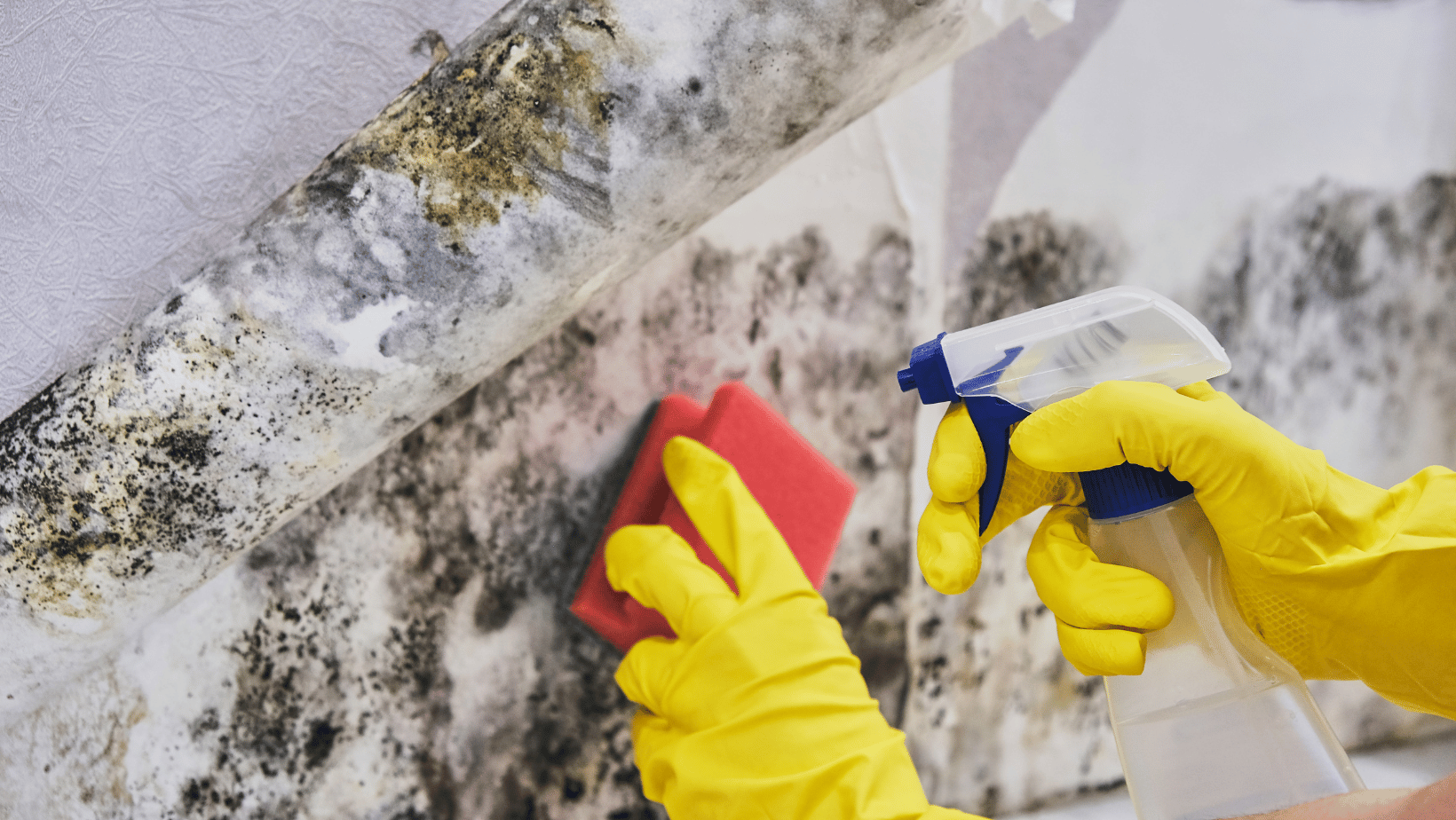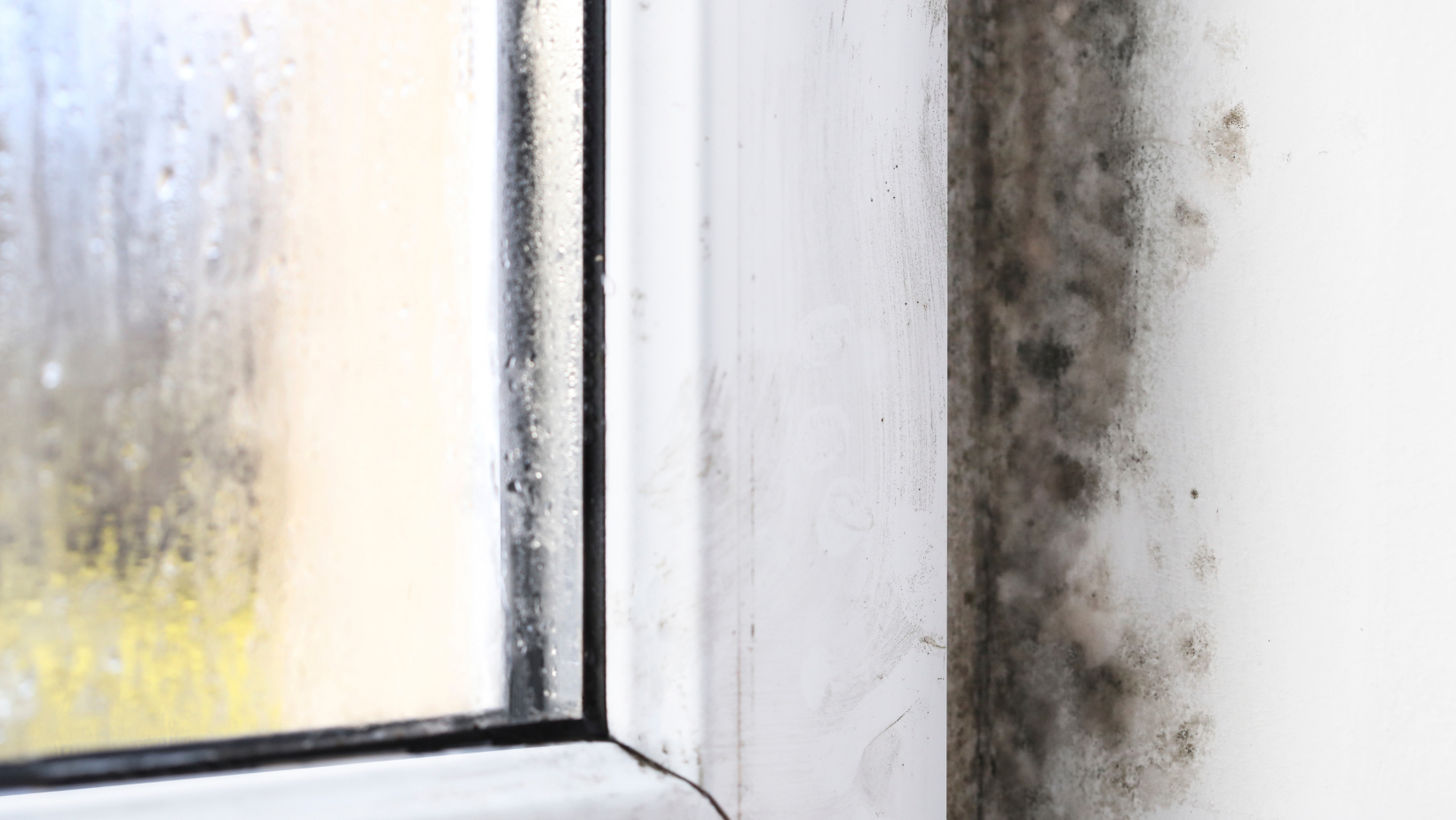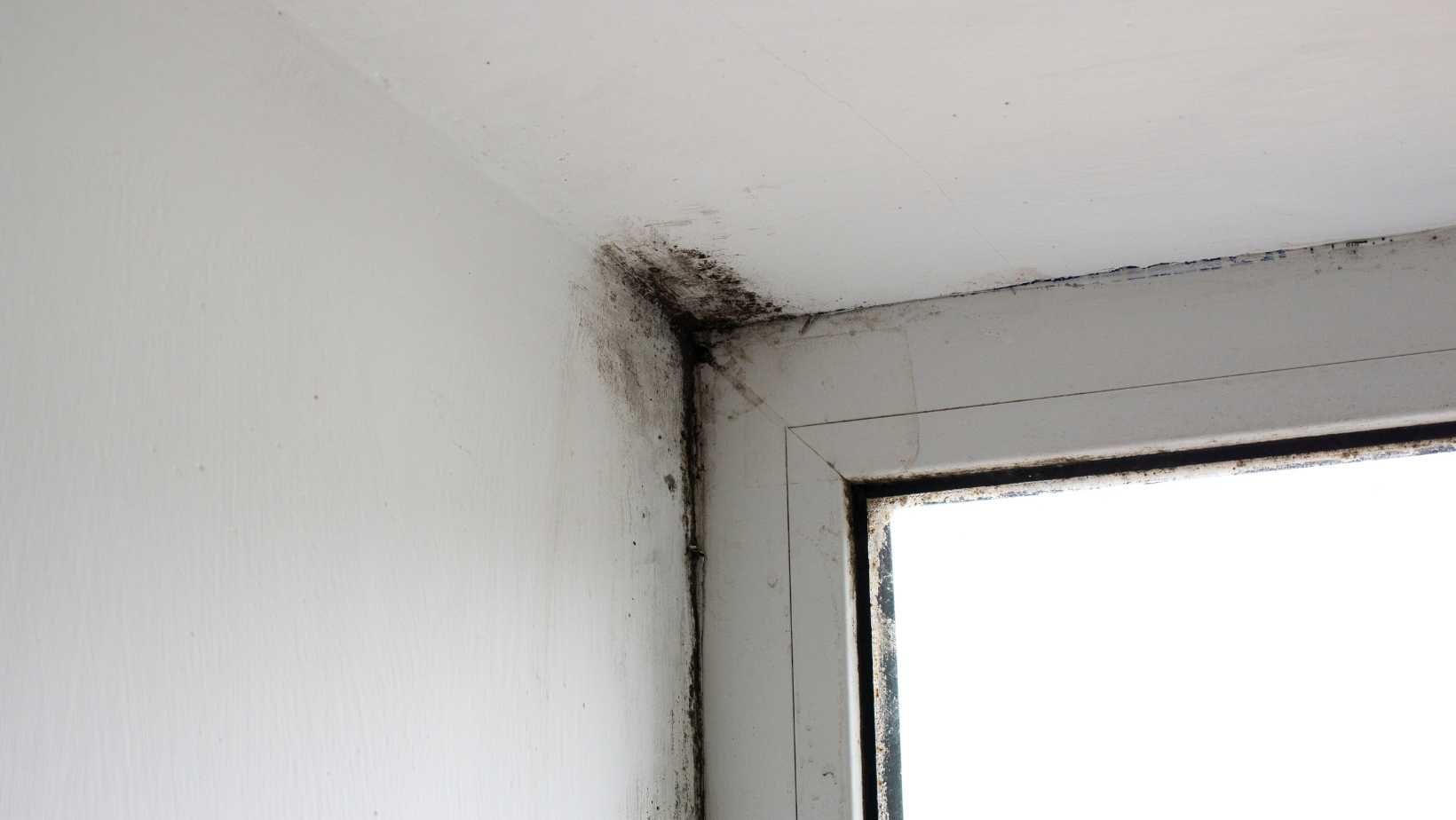What is Mold Remediation?
What is Mold Remediation?
Mold remediation is specifically defined as, “The removal, cleaning, sanitizing, demolition, or other treatment, including preventive activities, of mold or mold-contaminated matter that was not purposely grown at that location.”
When is Mold Remediation Necessary?
There is mold everywhere around us. It plays a significant part in the organic materials' natural decomposition and is a natural component of the world we live in. Some mold spores will always exist in your Louisiana home or place of business. Within certain thresholds, fungal spores are a perfectly normal element of the natural environment around us. However, it becomes problematic when mold begins to develop and spread in excessive amounts, beyond the normal limits.
An indoor moisture issue is often the cause of significant indoor mold growth. You may suffer significant property damage and possibly health effects as a result of water and mold. The EPA advises that, “If the moldy area is less than about 10 square feet (less than roughly a 3 ft. by 3 ft. patch), in most cases, you can handle the job yourself [with some guidance from the EPA website].” If you have a larger area of significant mold grow, you should consult a local mold remediation professional in Broussard Louisiana for professional intervention.
Key Priorities of a Mold Remediation
Mold remediation goes beyond simply removing the mold at the surface. Mold removal itself is just one phase of a very complicated procedure. The steps involved in mold remediation are source detection, containment, cleanup, and prevention. The goal of mold remediation is to get rid of the mold, find the source of the water, and ensure that it won't come again.
- Source Identification: Finding the source of the moisture is essential when dealing with a mold issue. The moisture source must be properly addressed in order to prevent the regrowth of mold. All damp and water damaged materials must either be dried out or removed and disposed of. A mold cleanup professional will be able to assess the extent of the moisture buildup, determine where the water starts and stops, and provide you with the necessary insight on the next steps to repairing the moisture issue.
- Initial Assessment- During the initial assessment, your mold inspector should be able to gather enough information to get a pretty good idea of where the water is coming from. However, despite all the fancy tools, there are still limitations to what an inspector can see during the initial assessment.
- During the Remediation- Once a mold remediation team can set up the necessary containment and get a closer look at what might be hidden behind building materials, the mold remediation team will be able to confirm the moisture source.
- Containment & Safety: Airborne mold spores can travel to, land on and contaminate virtually any surface. Naturally, the mold remediation process will disrupt settled spores and force spores into the air. If the areas of concern are not properly contained, cross-contamination to clean, unaffected areas will leave you with a bigger issue later down the line. Before starting the cleanup, mold remediation technicians have to isolate the contaminated areas with containment chambers. The containment chambers are placed under HEPA-filtered, negative air filtration to ensure a safe indoor air quality for the duration of the mold cleanup.
- Safety & Personal Protection: Mold is considered a bio-contaminant, which is why homeowners are advised not to handle a large mold contamination on their own. Mold remediation technicians must follow strict safety protocols when dealing with mold. This includes covering and protecting clean areas of the property, maintaining safe indoor air quality and wearing adequate personal protective equipment.
- Cleanup & Disposal: Most mold can be effectively removed from the surface of certain building materials by following the IICRC S520 Mold Remediation Protocol. However, not all surfaces can be effectively cleaned. Depending on the type material and the severity of contamination, some building materials may be deemed non-salvageable and must be carefully removed and safely disposed of. Professional mold removal technicians in Broussard are trained in the most advanced cleaning and demolition techniques in order to ensure a safe, effective mold remediation.
- Prevention: Mold remediation means the removal of mold AND the prevention of re-growth. By understanding the moisture source and original causation, a mold cleanup professional will be able to make recommendations for the necessary preventative measures to ensure that the mold problem does not return.
Professional Mold Remediation Process Broussard Louisiana
While different mold remediation companies may prefer one product brand over another, or one equipment brand over another – the overall cleanup process should look relatively similar regardless of the company. Ultimately, a mold remediation process should be designed to drive the best results possible without compromising safety. At DryMax, our carefully developed remediation process ensures a safe, thorough and efficient cleanup.
- Containment Barriers- Contain the mold and prevent cross-contamination
- Cover & Protect- Cover work areas to keep home safe and clean
- Air Filtration- HEPA-filtered air filtration to maintain clean & safe air quality
- HEPA Vacuum- Remove surface mold spores from affected building materials
- Demolition & Removal- Surgically remove & dispose of non-salvageable materials
- Antimicrobial Application- Destroys surface mold in the affected areas
- Mold Root Removal- Concentrated hydrogen peroxide agent removes embedded mold roots
- Scrub & Clean- All surface mold is scrubbed, wiped and cleaned off of affected materials
- Re-HEPA Vacuum- Done after cleaning to completely remove any remaining spores & roots
- Mold-Proof Coating- Applied to cleaned surfaces to help prevent mold re-growth
Following the completion of a proper mold remediation, it is absolutely vital that you follow all preventative recommendations and moisture control measures to ensure that you do not experience mold re-growth.
You might also like
DryMax Mold Blogs




